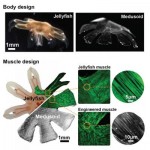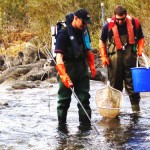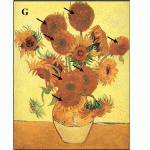
The critically endangered Macaya Burrowing Frog (Eleutherodactylus parapelates), last seen 1996. Image: Robin Moore/iLCP
Six endangered frog species have been found in Haiti after being “˜lost’ for nearly two decades.
In October 2010 Conservation International (CI) sent an expedition to Haiti to find frogs that had not been seen in over 10 years, as part of the CI’s international Search for the Lost Frogs.
The search revealed 23 of Haiti’s 49 frog species, including six that hadn’t been seen in 19 years: the Hispaniolan Ventriloquial Frog (Eleutherodactylus dolomedes), Mozart’s Frog (E. amadeus), the La Hotte Glanded Frog (E. glandulifer), the Macaya Breast-spot frog (E. thorectes), the Hispaniolan Crowned Frog (E. corona) and the Macaya Burrowing Frog (E. parapelates).
The search was co-led by Robin Moore (CI’s amphibian conservation officer)and Dr Blair Hedges (Pennsylvania State University), the last person to see many of these frogs 10 years ago. “The biodiversity of Haiti, including its frogs, is approaching a mass extinction event caused by massive and nearly complete deforestation,” said Hedges in the press release.
“Unless the global community comes up with a solution soon, we will lose many unique species forever.”
The country was already suffering from ecological problems, with only one percent of the original forest remaining intact, and is still threatened by the charcoal industry, a major source of income for Haiti. Then in January 2010 Haiti was devastated by a 7.0 Mw earthquake.
The rediscovery of the frog species has brought hope for Haiti’s biodiversity. Frogs are good indicators of an ecosystem’s health and their presence suggests some of the ecosystems of Haiti may be in better health than expected.
“Local people understand the connection between deforestation and environmental degradation.” Moore stated in the press release. “They talk about floods, about droughts. They get it, but right now there’s nothing they can do about it because they’ve got to live “¦ with no incentives, it’s impossible to leave the remaining forest standing.”













